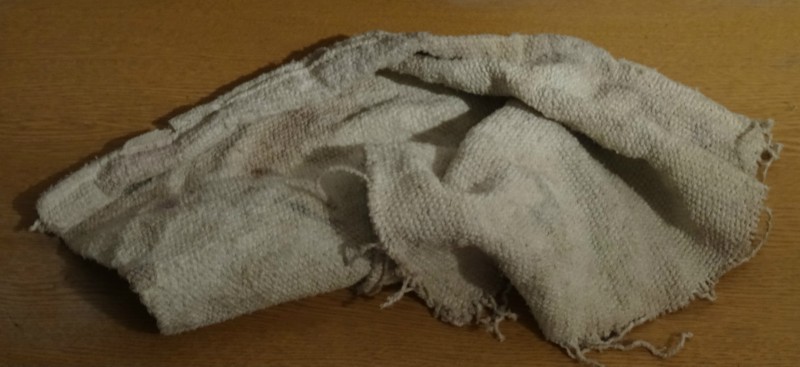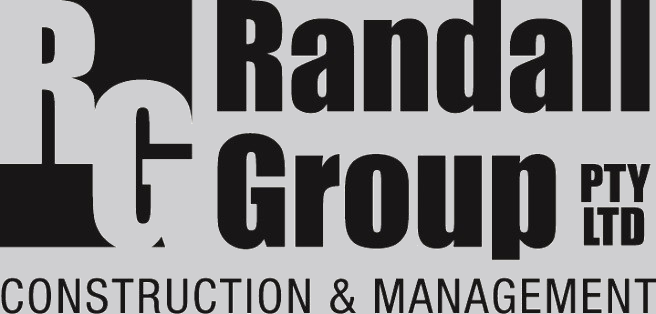Asbestos History - Fast Facts
Fast Facts about Asbestos – Did you know?
- The name Asbestos comes from the Greeks – meaning “inextinguishable”.
- The Romans had another name for asbestos: “Amiantus”, meaning unpolluted.
- Asbestos is a mineral and the only known rock which can be woven into fabric.
- There is Roman documentation that breathing in asbestos fibre is hazardous.
- From ancient times, asbestos was crushed by hand and woven into cloth.
- Asbestos was sought after as cloth lining for suits of armour in the Middle ages.
- The railway industry led the way into extensive use of asbestos in the industrial revolution.
- Approximately one third of Australian homes still contain asbestos.
Asbestos Qualities
There is no denying that asbestos could be considered a miracle fibre. Asbestos is a mineral that contains fibrous material that can be crushed and refined down for a variety of products. Two fibres side by side create a bond stronger than steel.
Asbestos in nature occurs in six colours. Each colour carries distinct properties. The most commonly used asbestos is blue (Crocidolite) asbestos, white (chrysotile) asbestos and brown (amosite) asbestos. The other three forms are more rare and not as widely used.
Asbestos through the ages has been considered a miracle mineral; once crushed by hand and predominantly used for cloth, it was also acclaimed for its inflammable properties. The Romans called asbestos cloth “Amiantus”, because they would clean asbestos cloth by exposing it to heat. The cloth would come out of the fire “cleaned” and white.
Uses for Asbestos
It was the industrial revolution that catapulted asbestos into common usage. Asbestos mining and production commenced in earnest and asbestos was refined down for use in such a diverse array of products it blows the mind. Here is a small list:
- Fire-resistant cloth and clothing
- Insulation of all types
- External and internal wall sheeting, ceiling sheeting, loose fill roof insulation
- Vinyl floor tiles and adhesives
- Brake pads, brake shoes and clutch plates
- Flashing, roofing and guttering, “Super six” roof sheeting
- In ground pipes, pipe lagging
- “Super six” fencing
- Fire doors and fire retardant products
- Window putty
- Plastics for the purpose of creating heat resistant plastic – utilised for electrical
Read more in the next article: Asbestos, What You Should Know

